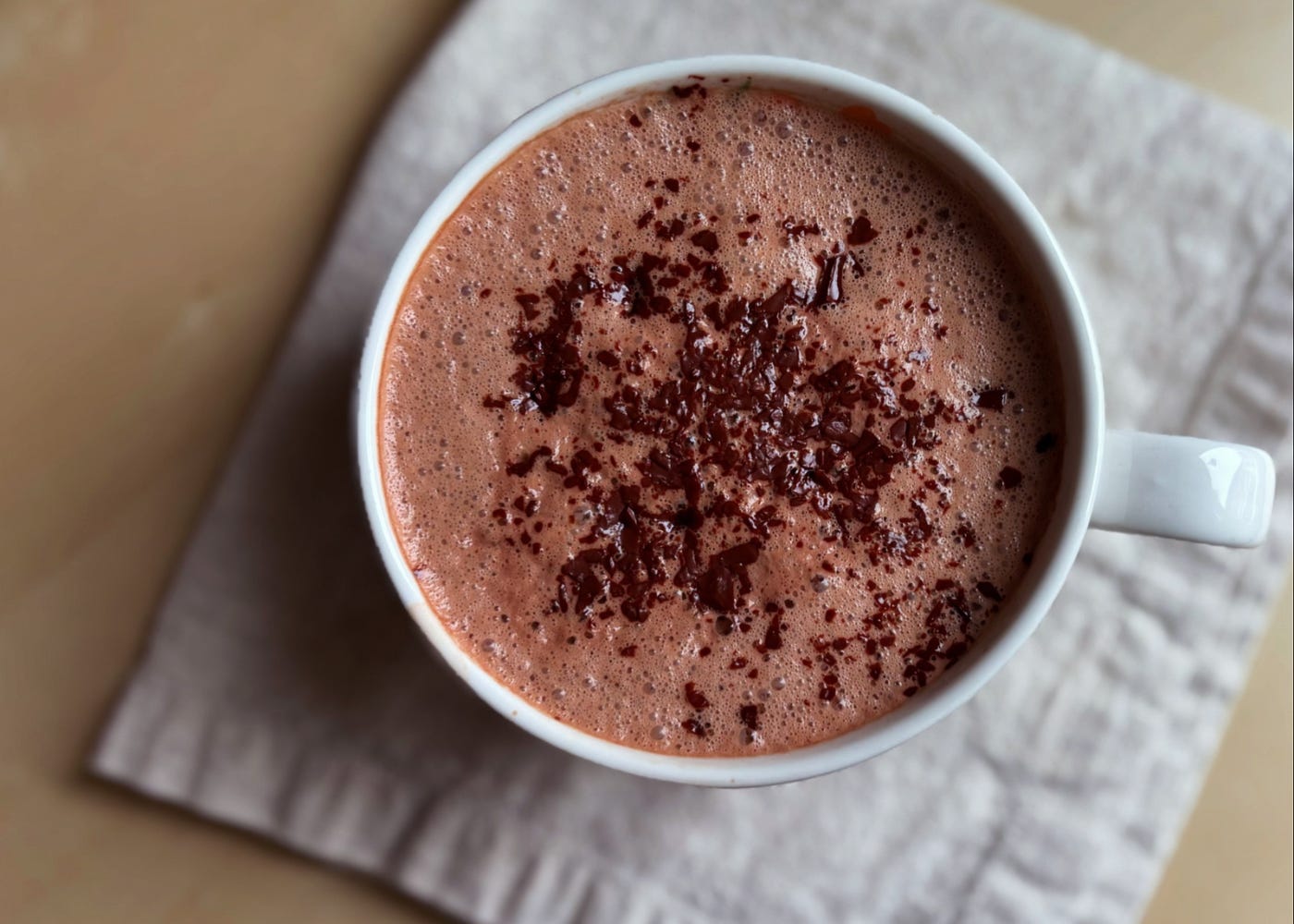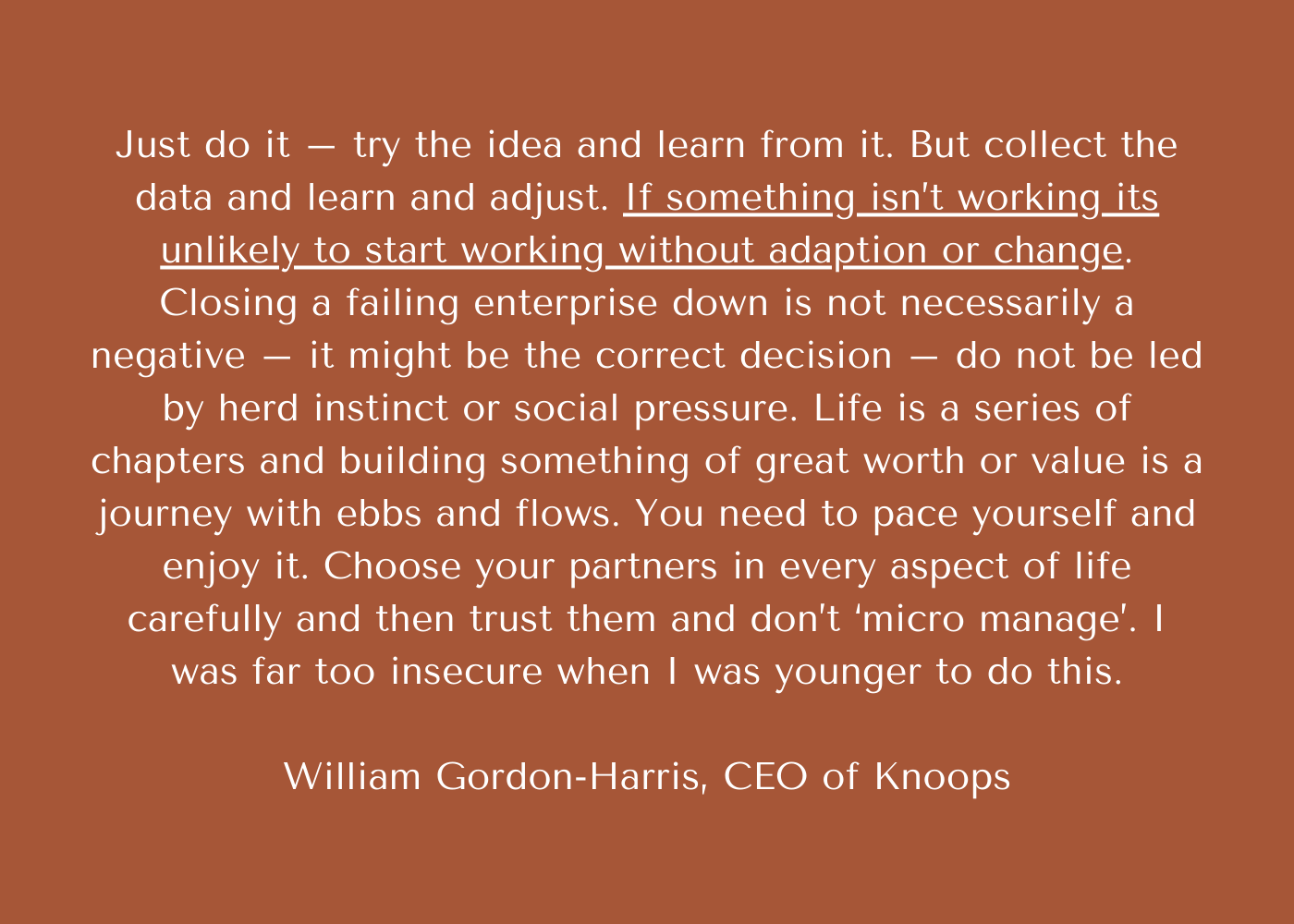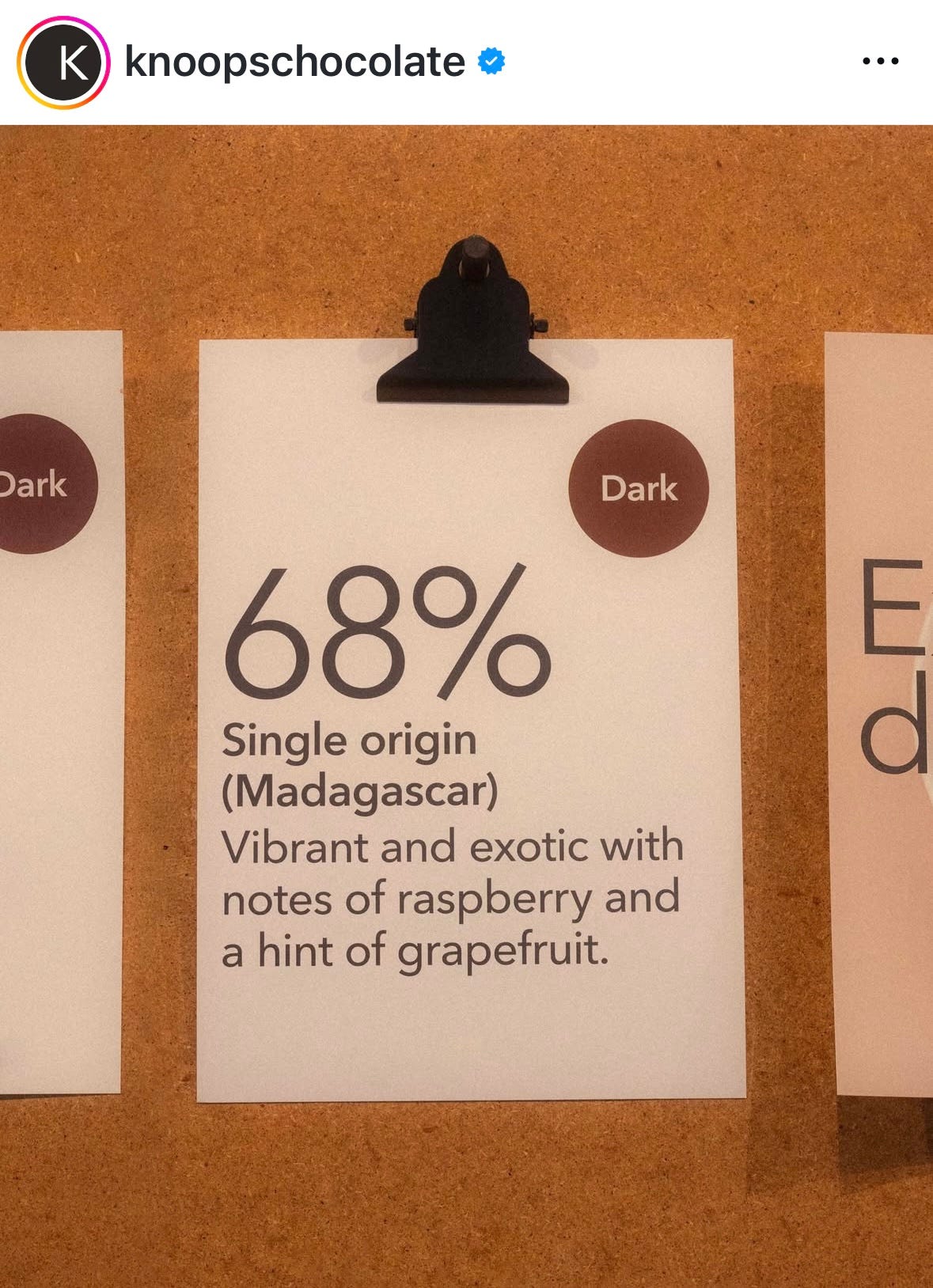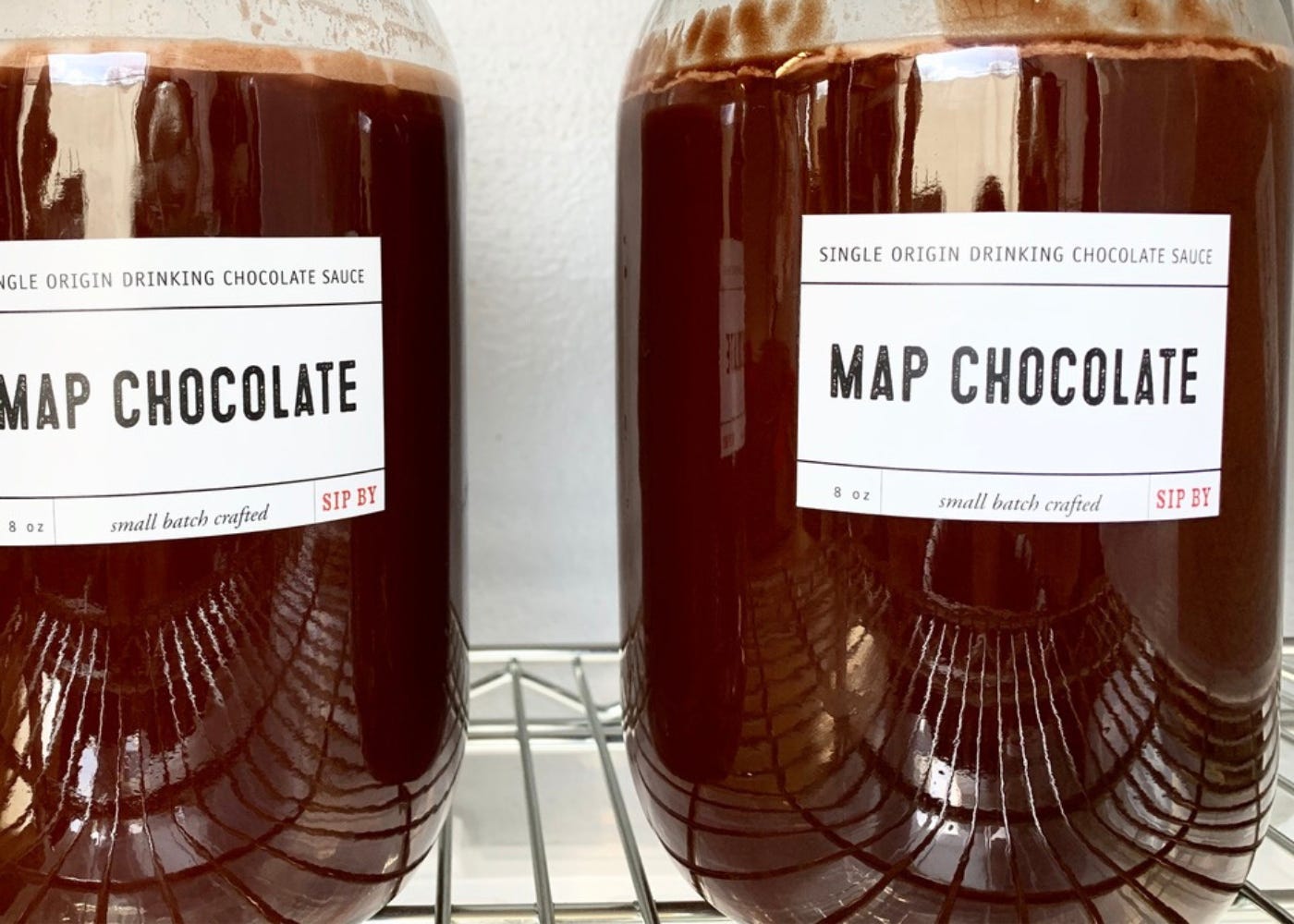The arrival of Knoops in the U.S.
and why this may be the best thing to happen to craft chocolate, ever, at a time when it can use all the help it can get
By best thing, I’m crossing my fingers for a kick in the craft Carhartts.
Look, I know first-hand how difficult bean to bar is becoming, having been in the industry since 2014 when a bag of cocoa beans was in the low hundreds, not thousands, of dollars. When cocoa butter was less than $300 for a 55-pound block, not a grand. When Instagram actually sent our posts to folks looking for craft chocolate and community.
What I’m saying is, change is hard, but when it’s hard is exactly and only how we learn to grow. Key word: learn.
If you live in the U.K or have visited there recently, you may know of Knoops. If you aren’t familiar with Knoops, take a look at their Instagram account, or visit their website. If you google Knoops you’ll also land on a flurry of articles about their recent rapid growth and expansion rate, investors, and a lot of revenue chitchat.
Takeaway from all that: investors and money people are not hestitating to jump on the Knoops train EVEN WITH THE CURRENT COCOA ISSUES. Yes, all caps, but this is so very important. If you are a wee fledgling maker, or an already-in-the-trenches maker, I would read this as good news.
Again, key idea here is learn from this. What does it say about cocoa availability projections? About cacao prices? What does it say about food trends? What does it say about what people are paying for when money is tight? What does it say that a bunch of people with research teams at their behest looked at a mocha and said let’s give them millions?
I know a bunch of craft makers in the U.K may have issues with the Knoops brand. For starters, they make a lot more money than craft chocolate makers do (I read their revenues to date for 2025 are around $20 million), which can be a sore spot.
Here in the U.S they will instantly rival every single craft maker, of every size, even with only one location; it’s Salt Lake City, Utah, by the way, home of some of Map’s most devoted customers ever, home to the Utah Chocolate Society, Ritual Chocolate, Solstice Chocolate, Art Pollard of Amano Chocolate, and A Priori Foods, a craft chocolate distributor.
They do this with single origin chocolate in varying %s, employing the same exact wording 99% of all craft makers assert in their marketing (“70% Ecuador” or “65% Peru”, etc, see below) with a key difference: they sell mochas and hot chocolate, not chocolate bars.
Again: what can you learn from the this?
“Knoops brings the accessible luxury of fine chocolate to your high street and your home with expertly crafted, gourmet chocolate drinks
Working directly with cocoa farmers and chocolate makers, we support best practice, and aim to benefit cocoa farmers, their communities, and the future of our precious primary ingredient. Through this investment, and our understanding of the complex flavours and health-giving properties of cacao and chocolate, we offer a unique product, and a bridge between cocoa farmer and each and every Knoops customer.
Knoops’ wide range of delicious chocolate %s and ingredients, such as orange zest and sea salt, allows us all to explore, play and create favourite recipes, and chocolate experiences for everyone to enjoy. “
It is my understanding that in the U.K. for it’s original 26 stores (they started in 2014) Knoops doesn’t craft its chocolate, but is sourcing craft chocolate origins, and working with bean to bar makers who then craft their chocolate. This is a double-win already for craft.
“Our founder Jens Knoop is the guiding light of Knoops, a chocolate lover driven by his desire to build a bridge between cocoa farmers and the consumers of this much prized and precious crop. With his experienced and highly trained palate, he is our chocolate sommelier—personally selecting each of the single origin bean-to-bar chocolates on our 21-strong selection board, and rigorous in ensuring we have the best chocolates to be found.
Visiting chocolate festivals across the world, and cacao plantations in Peru, Colombia, Venezuela, Ghana and beyond, Jens has forged important relationships with cocoa farmers and chocolate makers. These relationships allow him to ensure that Knoops works only with those having a genuine positive impact on their communities, and result in the creation of bespoke chocolates—which now make up the majority of Knoops’ chocolate menu.”
Knoops will, I hope, do for craft chocolate what Starbucks did for specialty coffee: make the idea of having a choice not just normal, but expected, and because having choices is not some rare thing, they become understandable. For chocolate this means origin choice and % choice will finally make sense to consumers, rather than feel off-putting or confusing.
It’s not that “Madagascar” is better chocolate than a Peru or an Ecuador, it’s that it offers a unique flavor of chocolate.
I’m personally not a fan of Starbucks coffee, but I do stop in every year for a PSL and then during the holidays, a peppermint mocha—it’s a family tree-cutting tradition (having one of our products be someone’s tradition is a dream! I would much prefer my tradition to be Knoops). Like them or not, Starbucks changed coffee. Some of you might not recall, but they invented the whole frappuccino/grande coffee thing. An entire industry arose from the changes Starbucks created, namely, that they offered people choices, and made the experience of a “cup of coffee” about more than just a cup of coffee.
Remember when Scharffen Berger wanted to make chocolate about more than just the flavor of chocolate? That was a long time ago now. Yet, true craft or specialty or fine chocolate, whatever your vibe-word of choice, is still a tiny blip on the chocolate radar. What chocolate do people talk about? Lindt. Dubai chocolate, the single biggest viral trend in chocolate ever, which I can buy at Costco by the bagfull, or at my local grocery store (to answer: no, I did not).
Another lesson: craft vs specialty vs fine is important language, and each word has its own target audience, whereas bean to bar signifies process. Most people who eat chocolate never do so thinking “what machines made this?” which renders the phrase “bean to bar” pointless until that person grasps the idea that the reason for different origins = different flavor, which = choices of chocolate flavor.
What do chocolate lovers want?
They want what the people who roll up to a Starbuck’s drive-through or swing by a Knoops on their way to work, want: choices made easy and understandable. To have that choice taste good, which is more a delight quest than “kale tastes good with sweet potatoes and is healthy” thing.
We crave chocolate because we want what we’ve been trained to expect, which is not a bad thing. Literally, it’s not supposed to be a bad experience. I never drank coffee until I had a mocha. I had no idea something like it existed. If I could walk into a Knoops I would probably scream and faint with happiness.
My advice? Make that.
xxoo,
Mackenzie






Drinking chocolate has the benefit of expansion of the cacao through milks or water. This can help offset some of the costs for makers. Also, the one chocolate shop that I’ve been in that consistently has a line outside their door whether it’s in the middle of summer or winter is Kakawa Chocolate House. But you never hear about them within the often insular craft chocolate industry. They don’t belong to any of the old school chocolate organizations because they are too busy selling chocolate! We can learn from these hidden chocolate gems that are out there as well. Observe, and learn. Thank you, again for that reminder Mackenzie!
I've been on a course with Jens and he seems really dedicated to flavour and craft. Let's hope the investors let him do his thing and not force him into bad compromises for more profit. I'd love to see more drinking chocolate places, or even just being able to have a decent hot chocolate made with actual chocolate and not some weird powder mix with artificial aromas and a ton of corn starch.